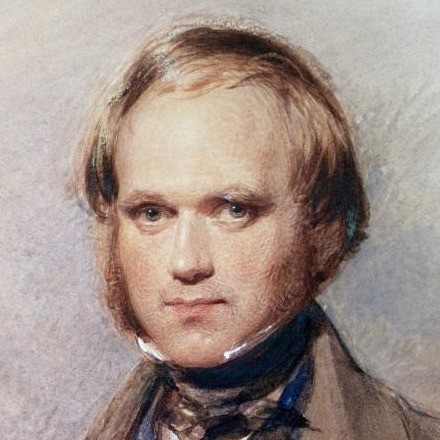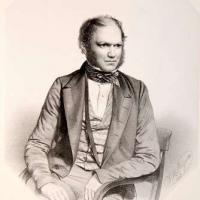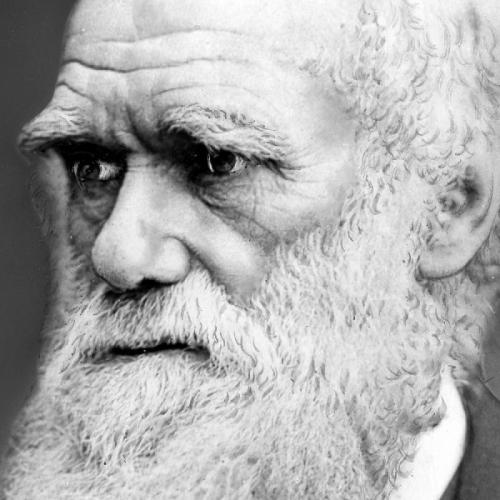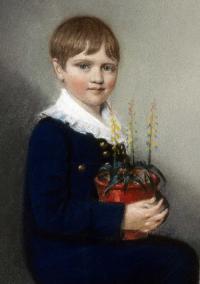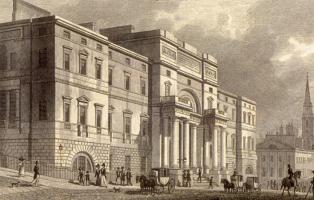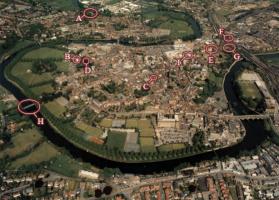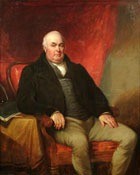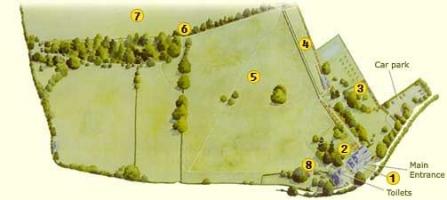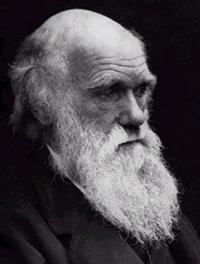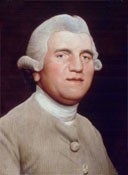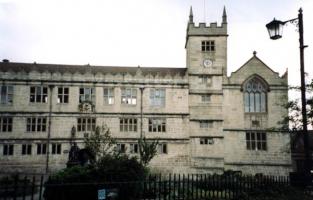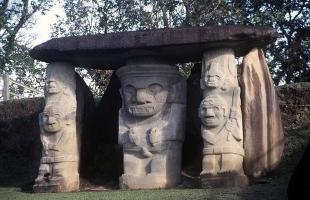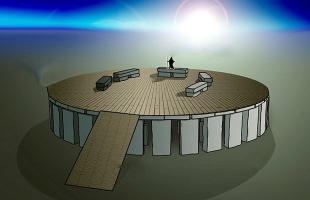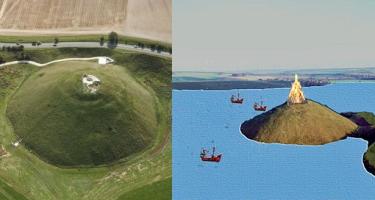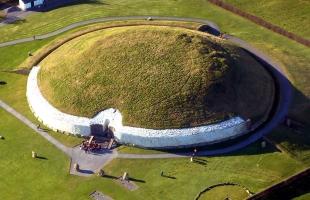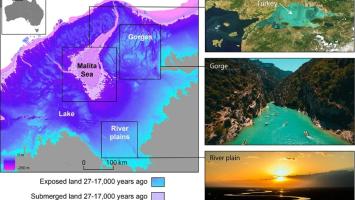Charles Darwin - The Voyage of the Beagle: 1831 to 1836
Before the voyage on the Beagle, Charles Darwin was living an unfocussed life made possible by his family’s wealth. However, his life was dramatically changed during the five-year voyage, where he saw vast numbers of animals and geological formations containing fossils in strata on the sides of mountains that varied in modest ways. These experiences encouraged him to think in new ways about how species came into existence.
He was offered the opportunity to sail on the Beagle by his friend Professor Henslow, who sent him a letter from a Cambridge scholar nominating Charles to the position of unpaid naturalist on board the ship. At first Charles’ father discouraged the idea, but his uncle-in-law Josiah Wedgwood supplied arguments that persuaded Charles’ father to support his participation in the voyage.
Charles Darwin, whose personal charm drew support from many people during his life, made a good impression on Robert FitzRoy, the Beagle’s captain. FitzRoy, who had a more conservative character than Darwin, chose him in the hope that Darwin’s observations would uphold the biblical view of creation by God, as described in Genesis. Darwin, who had studied to be a clergyman, did not expect any problem with this mandate from FitzRoy.
The Beagle was one of six brig sloop ships that the British navy had built to do surveying, using the recently developed accurate clocks that made it possible to measure longitude. Only 90 feet long, this sailing ship carried 74 people in very close quarters, and 22 clocks for accuracy in surveying. The voyage was planned to be two years in length, but ultimately lasted five years. Darwin shared quarters with Captain FitzRoy and had a small room near the stern for his samples and workspace.
On December 10, 1831, the Beagle sailed out of Devonport, a district of Plymouth, England, but was driven back by strong gale winds. A second attempt on December 21 had the same result. Finally on December 27, the ship successfully left Plymouth, heading for South American. A planned stop at Teneriffe never occurred, because the island was quarantined in hope of preventing the spread of cholera from arriving ships.
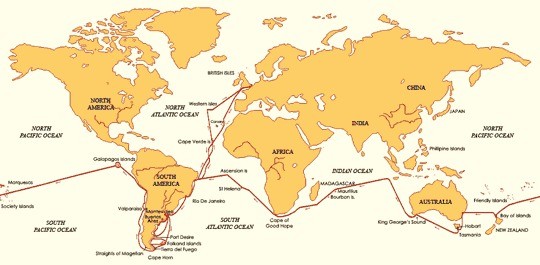
At the Cape Verde islands Darwin saw a geological band of seashell sediments far above the current sea level, yet covered by a layer of lava from volcanoes that had been inactive for all of known history. Darwin may have interpreted this as evidence of the Earth’s history being far longer than estimates based on the Bible.
During an extended time on shore near Rio de Janeiro, Darwin was horrified by the human brutality exhibited in the treatment of Negro slaves. The Wedgwood family had been early opponents of slavery, and Darwin’s reports supported their view. Captain FitzRoy and Darwin disagreed violently over the issue of slavery, but eventually managed to work together again.
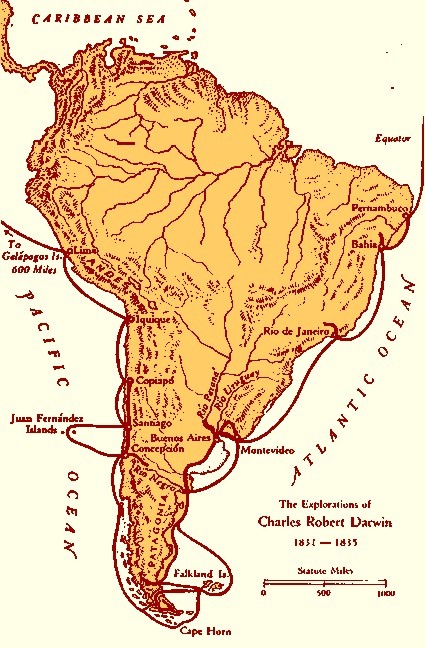
At Punta Alta, near Bahia Blanca, Darwin unearthed fossils of huge animals that no longer lived. He and Captain FitzRoy struggled to figure out how these creatures failed to be saved by Noah’s Ark during the biblical flood. Darwin also noticed that they resembled in some ways the current animals of this area, but clearly were also different from the current animals.
At Tierra del Fuego, the southernmost tip of South America, Captain FitzRoy delivered three natives of the region back to their homelands, from which they had been taken to England a year before. They were also supplied with implements of civilization and a missionary, so that they could spread Christianity to their people. The two cultures were radically different, and neither really understood the other. After a year the Beagle returned, to find that the Fuegians had decided to live their lives without the benefits of English civilization.
For roughly a year the Beagle sailed up and down the coast and nearby regions of the southern end of South America. Darwin spent much time ashore, finding, describing, collecting, and packaging the dried bodies of various unidentified living things.
Finally, in the middle of 1834, the Beagle sailed through the straights of Terra del Fuego, taking nearly a month to pass through the icy passages near Cape Horn during winter in the Southern Hemisphere. From Valparaiso Darwin took a six week trip up into the Andes Mountains, where he observed a bed of seashells at 12,000 feet, above fossilized pine trees with marine rocks. He made the reasonable deduction that the trees had been carried under the ocean and later been raised high on the mountains. This incredible motion, if it occurred at the rate of modern geological changes, suggested that the Earth was older than he, or Captain FitzRoy, had originally believed.
At Concepcion (and its port city Talcahuano) there had been a very severe earthquake, which Darwin and FitzRoy describe in detail. Darwin noted that the land had been raised several feet, and suggested that repetitions of that raising could account for the seashells in the Andes. FitzRoy and many Christians believed that the earthquake was due to God; some natives believed it was the work of an Indian woman who was a witch!
Again Darwin was able to make many exploratory journeys on land, meeting the Beagle at prearranged locations. During this part of his life Darwin showed great physical vigor, in contrast to later years when he often complained of illness. Perhaps his later symptoms were from Chagas’ disease, which he might have contracted from a Benchuga bug that he caught alive and allowed repeated bites on his fingers. Sometimes curiosity can be dangerous.
The Galapagos
Charles Darwin’s discoveries of unique flora and fauna in the Galapagos Islands are widely mentioned as being the source of his inspiration about evolution: descent with modification. It would be more accurate to say that what he found in the Galapagos only confirmed the explanation he had been formulating for the previous three years of the Beagle’s voyage, during which he had the opportunity to view a multitude of amazing animals, plants, and land formations. It is also commonly believed that he spent a long time in the Galapagos collecting samples. In fact, his time sailing in and around the islands was a mere five weeks, from September 17 to Oct. 20, 1835. Whenever the Beagle reached an interesting point that was navigable, the ship dropped off a boatload of men to explore. Darwin spent only 17 days onshore gathering specimens of birds, animals, insects, plants, rocks, and fish.
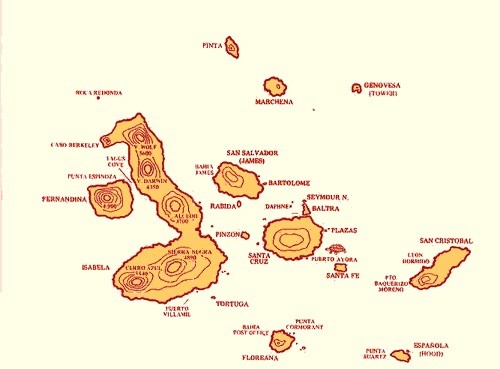
To provide a bit of background to Darwin’s arrival, the Galapagos are a group of twelve small volcanic islands located on the equator 500 miles off the coast of Equador. They were discovered by a Panamanian Bishop in 1535. In Spanish, the word for giant tortoise is Galapago. They are also referred to as “Las Encantadas” meaning the enchanted islands, in acknowledgement of the amazing creatures that reside there. In the 1800s they were, as now, owned by Equador. In Darwin’s time, the Galapagos were a refueling and refreshment stop for a fleet of 60-70 American whaling vessels. The endemic giant tortoises provided ships with an easy-to-catch source of fresh meat that stayed alive onboard ship for months while requiring very little maintenance.
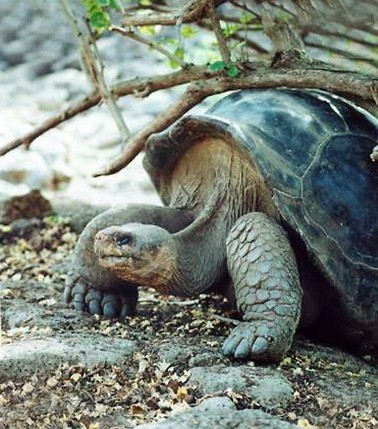
Darwin spent much of his time in South America on land excursions. He would disembark at one port of call and rejoin the Beagle at its next landing. On these treks he viewed incredible things that could not be explained by the scientific and religious belief systems of his time. The discoveries he made not only challenged current dogma in biology, botany, zoology, and theology, they also held a huge impact to the emerging discipline of geology. In his book The Voyage of the Beagle Darwin writes of his delight and amazement at discovering such oddities as fossils of sea shells and fish on exposed cliffs 12,000 feet up in the Andes. He found living animals and fossil remains where the structure of a species remained constant (e.g., armadillos with their curved, segmented shells) but in sizes ranging from a under a foot long to over 20 feet long depending on the habitat. Darwin wrote of seeing living rheas and guanacos as well as their fossilized remains, noting that they represented a variety of sizes and colors. While similar enough to be classified as rheas and guanacos, each new group he encountered had something unique that made them just a bit different. He began to note the usefulness of these differences to the animals in terms of their success at defending their territory and obtaining food or mates.
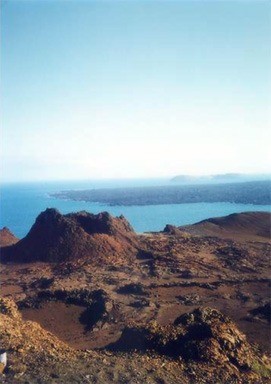
With these discoveries in mind, and having spent many months striving to formulate a mechanism that might explain them, Darwin and the Beagle landed in the Galapagos, after being at sea for over three and a half years. In the Galapagos Darwin discovered barren, inhospitable, hot, dry volcanic islands that were, quite to his amazement, sustaining a multitude of creatures and plants. Although the islands are separated by only a few miles of ocean and are within easy sight and sailing of each other, the variety among similar species was stunningly apparent to Darwin.
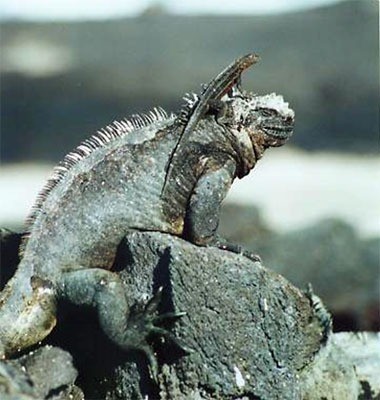
Each island had iguanas in large numbers, yet they were different on each island. Some were black, some were red, one island had iguanas with both red and green markings, a few were brownish-orange; some ate cactus, others consumed algae off submerged tidal rocks. The islands’ namesake tortoises varied in shape from island to island. At one landing Darwin noted their long necks and sharply-arched shells, and on a nearby island the tortoises had short necks and nearly flat shells. On James Island (also called San Salvador) Darwin counted 26 species of land birds, all unique, and all incredibly tame.
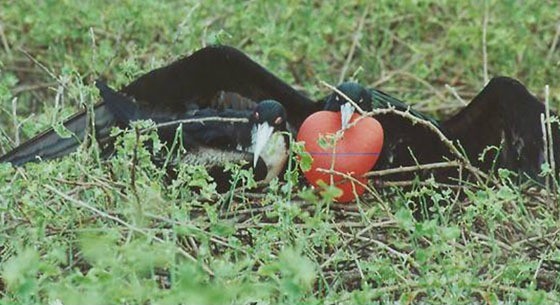
Darwin is perhaps most famous for collecting the Galapagos finches from several of the islands he visited. While all similar in body size and color, their beaks varied in size and shape. To Darwin, it was clear: different foods were available on different islands and through successive generations the birds with the most-useful shaped beak flourished and those with less-useful beak shapes died out. There had to have been a great principle or mechanism involved. While the finches were noted in his journals without much more emphasis than other plant and animal species he collected, many years later they would become one of the biggest arguments in his theory of natural selection.
The Galapagos Islands are spectacular in their topography and contain a stunning variety of rare, unique, approachable, and vanishing species. They are a sparkling jewel to be visited, admired, revered, and protected.
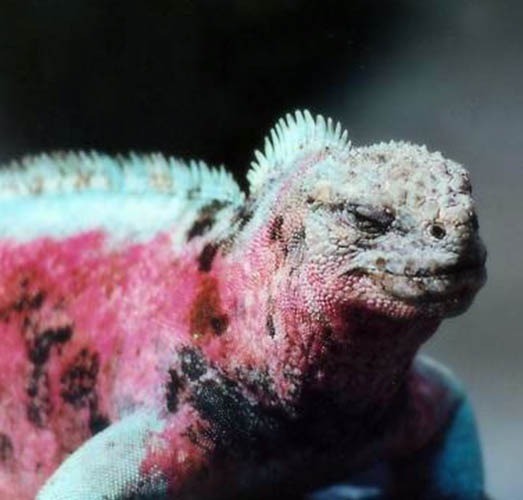
Chronology of the Beagle in the Galpagos Islands, 1835:
- Sept. 15: Arrive at the Galapagos Islands
- Sept.17: Land on Chatham Island
- Sept. 23 - 26: Disembark on Charles IslandSept.
- Sept. 29 - Oct. 3: Albemarle Island
- Oct. 8 - 14: James Island
- Oct. 20: Survey of Galapagos Archipelago completed, the Beagle heads towards Tahiti.
From the Galapagos Islands, the Beagle sailed 3200 miles to Tahiti, where Darwin was very impressed with the manners and skills of the natives. The next major stop was at New Zealand, where Darwin judged the natives as far inferior to the Tahitians. His observation of the missionaries in these areas lead to one of his earliest signed publications: a 1936 pamphlet arguing for more government support for Christian missionaries in the Pacific!
In Australia Darwin was again struck with sympathy for people in servitude -- in this case the prisoners who had been sent to Australia. Darwin also remarked upon the state of the native peoples of the Pacific, who were dying out as the Europeans spread.
In the Cocos islands, Darwin made observations on how deep the coral polyps, a kind of small creature, could live. Using that data, he worked out how these creatures could build up reefs and atolls out in the midst of oceans: as they died, new layers of polyps could grow on top and build up new mass as the ocean floor subsided.
Toward the end of the voyage, Darwin, FitzRoy, and most of the crew were very eager to return to England. But the British Navy’s need for surveying accuracy required that the Beagle go first to South America again. This requirement probably came from a need to re-determine the position using the clocks at a previously surveyed location to find the amount of longitudinal error on the whole trip and then distribute that error through calculations, as if the error occurred at a steady rate, which would probably be true for clocks. Retracing their route north, the Beagle arrived back in England on October 2, 1836.
